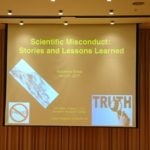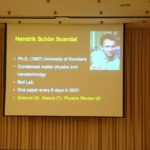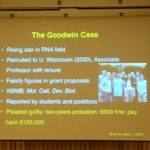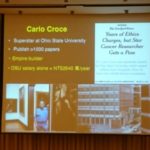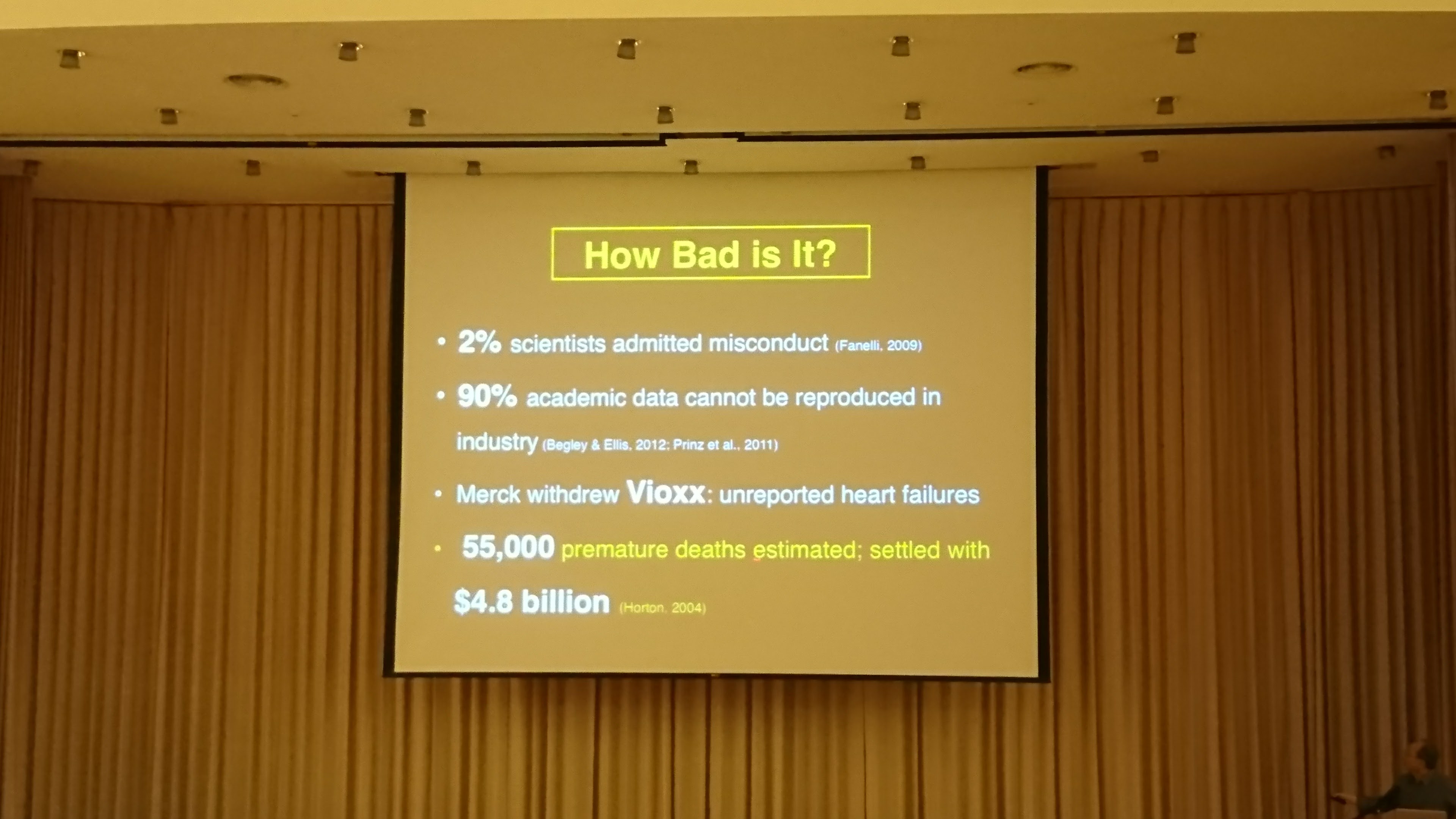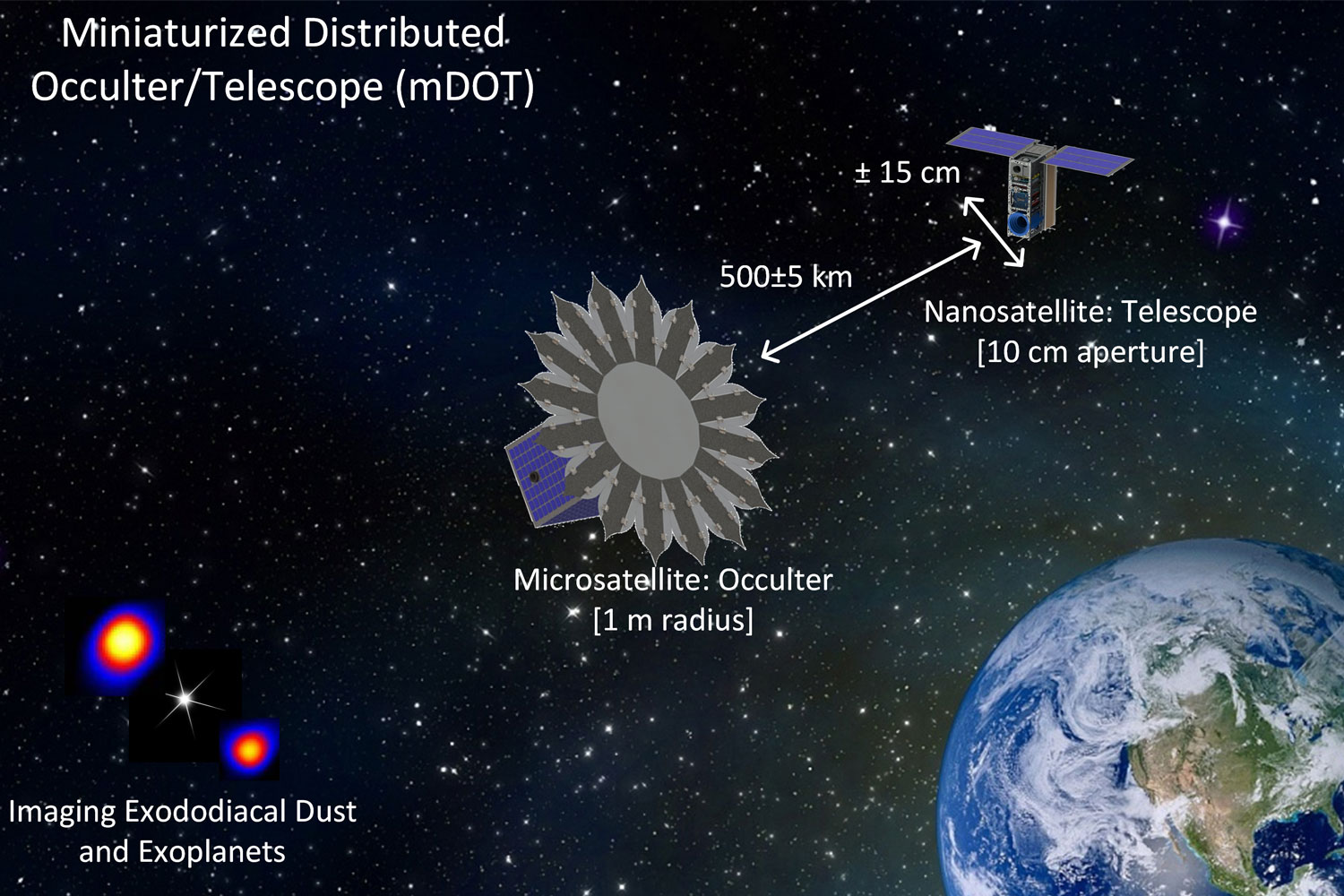
Research Integrity and Publishing Ethics Workshop Was Held At Academia Sinica, Taiwan
- Events
- 1.6K
Research misconduct is increasingly a problem in the Taiwan academic community and recently has become an important issue. Society expects ethical behavior to come naturally for a researcher at our national academic institutions. However, due to the pressure of peers, promotion, tenure, ego, and monetary factors, all these can influence certain individuals to engage in misconduct.

Many universities are finally taking this issue seriously and have set up Research Integrity Offices. In addition, universities have aggressively established academic ethical management and self-discipline guidelines, set up procedures to handle allegations of research misconduct, and themselves conduct research integrity training. Further, the Ministry of Science and Technology has set up a Research Integrity (RI) office and Academia Sinica plans to set up a Program for Promotion of Research Integrity. The goal of the RI office is to guide researchers and to monitor the academic integrity and ethical issues.
In wake of this, a one day workshop held at Academia Sinica in collaboration with Elsevier. Three international speakers were invited to talk on a multitude of the topics, the main topics of the event were:
- Scientific Misconduct: Stories and Lessons Learned.
- What is Elsevier’s position on publishing ethics & Learning from the Stapel case.
- Detecting Image Reuse in Scientific Literature.
- Advice on Dealing with Research Misconduct.
The workshop was started with the talk by Dr. TIEN-HSIEN CHANG, who is currently the Deputy Director, Genomics Research Center, Academia Sinica. He spoke about “Scientific Misconduct: Stories and Lessons Learned”
Allegations and investigations of scientific misconducts have recently made the headlines in Taiwan, because of the involvement of high-profile scientists. Dr. Chang’s talk was focussed on the exploring the underlying psychology, categories, and means of amelioration of scientific misconduct via storytelling and interactive exchanges with the audience.
The second talk was given by Dr. MICHIEL KOLMAN, who is currently the Senior Vice President Global Academic Relations, Elsevier President of International Publisher Association.
Dr. Kolman’ talk was focussed on What is Elsevier’s position on publishing ethics & Learning from the Stapel case. He elaborated on how Elsevier plays a leading role in establishing trust in science and scientific communication through transparent standards and policies that nurture research integrity & reproducibility.
Dr. Kolman also introduced how Elsevier’s research integrity & reproducibility programs strive to prevent, detect, investigate & resolve such issues. He used the Netherlands as a case study illustrating how a national scientific community has responded to serious misconduct cases by looking at their entire research culture.
The Dutch response has included new university regulations & education on research integrity, the development of statistical tools, the Meta-Research Center, and the formation of the Netherlands Research Integrity Network.
Another interesting talk was given by MR. TONY MAYER, who is currently the Research Integrity Officer, Nanyang Technological University, Singapore. Mr. Tony spoke about Advice on Dealing with Research Misconduct.
Tony Mayer’s responsibilities at NTU Singapore are to develop a culture of research integrity and good research practice at a leading young and research-intensive university. This not only means investigating allegations of misconduct but the promotion of good research and ethical practice through education and mentoring.
He liaises with other institutions, funding bodies and publishers to ensure the university’s research is sound. Over the past 20 years, he has seen a variety of cases of research misconduct and dealt with them in different ways. In today’s workshop, he illustrated some of the cases on how universities should handle cases of research and publication misconduct including any recommended resources such as those provided by COPE (Committee on Publication Ethics).
The final talk was given by Dr. RONALD DANIEL JR, his talk was more from the technical aspect of image recognition in connection with the latest research in those areas. He spoke about “Detecting Image Reuse in Scientific Literature.”
He introduced how the inappropriate and fraudulent use of images in scientific publications can occur in many ways. Dr. Daniel further described some of the issues and complexities around manipulation and reuse of images. He also spoke about some of the ways Elsevier is investing in protecting Research Integrity by detecting image issues; and provided an overview of the work Elsevier Labs is conducting to detect reuse of images within articles.
The workshop was closed with panel discussion wherein audience posed some of the interesting questions about Scientific misconduct, plagiarism, and role whistleblowers.
